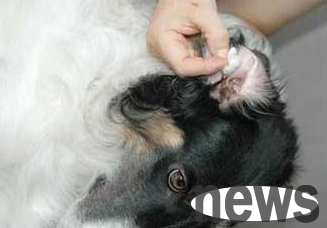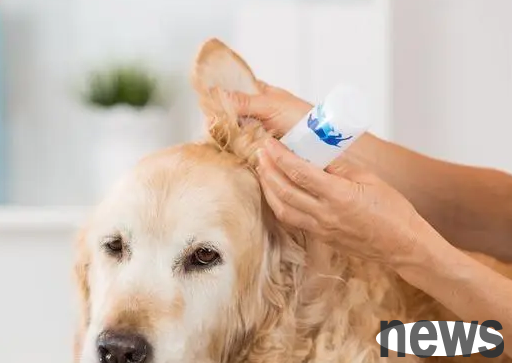Otitis exterinary in dogs refers to acute or chronic inflammation of the epithelium of the external auditory canal in dogs. Sometimes it is accompanied by auricular disease or otitis media. The main symptoms are itchy ears in the dog, erythema of th...
Otitis exterinary in dogs refers to acute or chronic inflammation of the epithelium of the external auditory canal in dogs. Sometimes it is accompanied by auricular disease or otitis media. The main symptoms are itchy ears in the dog, erythema of the auricle and ear canal.

1. Causes of otitis extermination of dogs:
1. There are many factors that cause otitis extermination of dogs, such as friction, scratching, parasites of foreign bodies, and parasites, especially the infiltration of water, which are common causes of otitis extermination.
2. Especially for small long-haired dogs, the ear canal structure is very narrow and the coat is very long. After taking a bath or being poured by rain, water will not be easily excreted once it enters the ear canal, causing microorganisms to develop and reproduce in a humid and warm environment, which in turn causes otitis externa.
2. Characteristics of otitis exterinary canal:
1. In the early stage, only the external auditory canal is flushed, edema, and itchy. Light yellow serous secretions flow out of the ear canal, which stains the lower part of the ear.
2. The sick dog shows uneasiness, often shakes its head, or scratches its ears. As the disease develops, local swelling increases, or pustules appear, and purulent secretions that are brown-black and foul-odorous, often causing hair to fall off at the base of the ear or dermatitis, which reduces hearing in the diseased dog.
3. When it turns to chronic, it will be good and bad. Repeated attacks and can cause tissue thickening of the ear canal, and even tumors, resulting in thickening of the auricle skin, deformation of the auricle and hearing impairment.

3. Prevention and treatment measures for otitis extermination:
1. Before treatment with acute disease dogs, they should first block the external auditory canal with defatted cotton balls, then cut off Zhou Tong's hair, and rinse the external auditory canal with normal saline, 0.1% xinjielmide or 3% hydrogen peroxide solution.
2. When rinsing, the dog's head can be tilted to the affected ear to facilitate the rinsing liquid to flow out, then remove the cotton ball plugged into the ear canal, and then use a dry cotton ball to suck the liquid in the ear canal. Use an otoscope to examine the deep part of the external auditory canal, and use otological tweezers to remove the deep foreign objects, earwax or tissue fragments. Finally, apply the external auditory canal with glycerol boric acid (1:20) liquid or glycerol tannin (1:20) liquid, and apply it 2 to 3 times a day.
3. For suppurative otitis externa, clean according to the above method and apply the ear canal with antibiotic cord ointment. In severe cases, rinse 1 to 2 times a day and then apply ointment.
4. For dogs with obvious systemic symptoms, antibiotics can be used for systemic treatment.
5. External ear drainage surgery should be performed for sick dogs with deformed ear shells or long tumors.